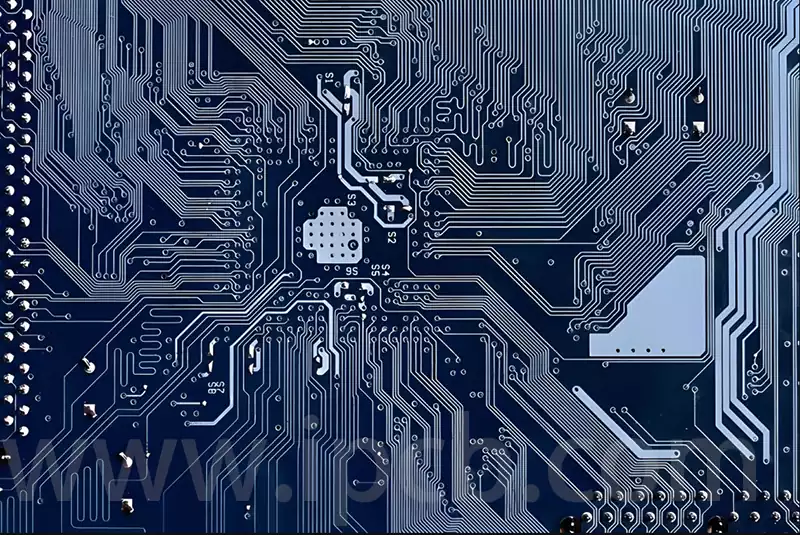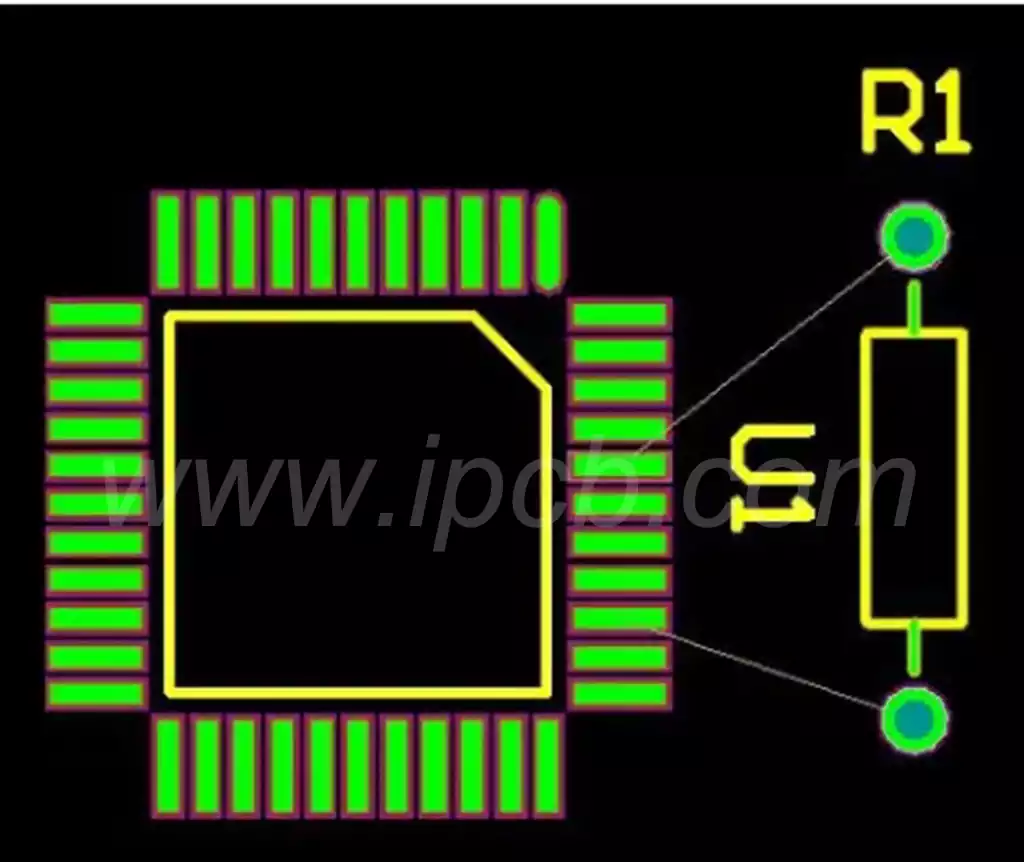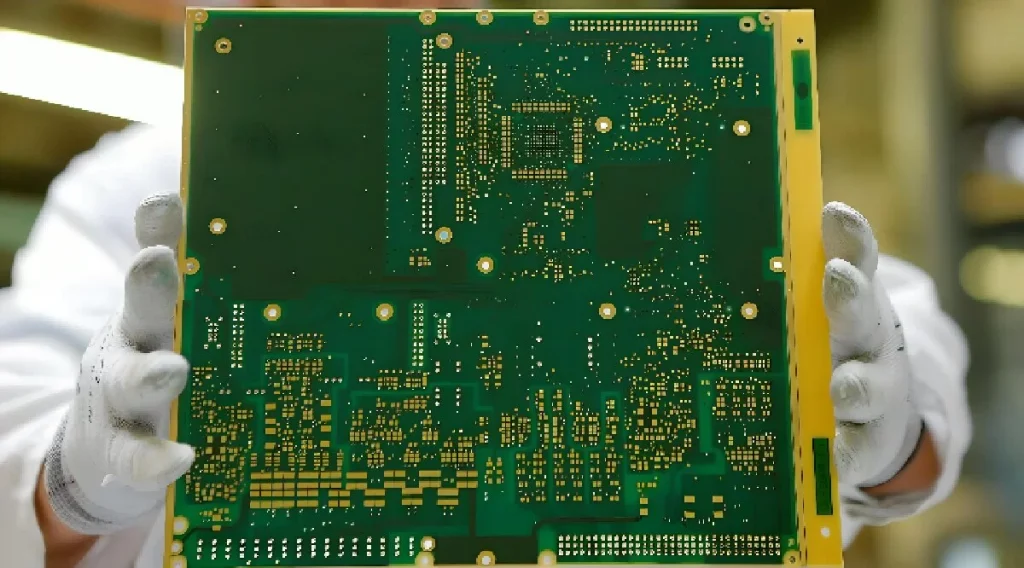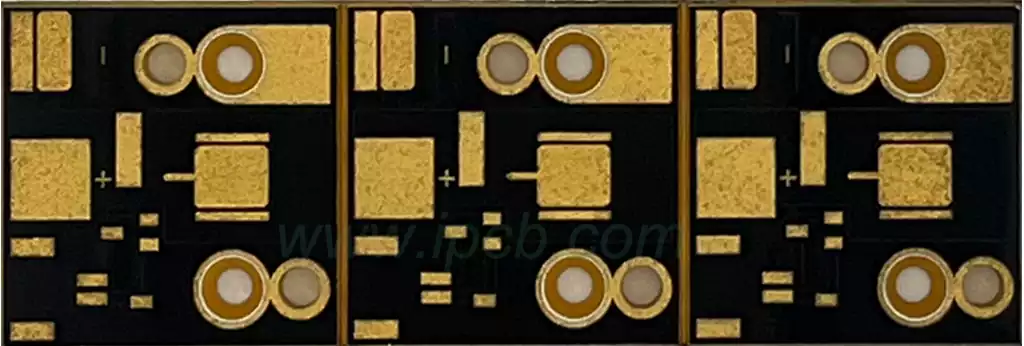The computer pcb is an important electronic component that is widely used in various electronic devices such as computers, mobile phones, TVs and so on. It is the core component of these devices, responsible for connecting and coordinating the work of various electronic components. The circuits on the motherboard are precisely designed and laid out to achieve efficient communication and co-operation between the various components. It can be said to be the soul that creates the electronic world.
The computer pcb usually consists of multiple layers of conductive and insulating layers, and the electrical connection between electronic components is realised through precise circuit design and manufacturing process. However, each additional layer of the PCB board, the corresponding cost will rise, including the material, process and production difficulty of the enhancement, and multi-layer PCB maintenance difficulty and cost is much higher compared to fewer layers of the board. Not all motherboards require the same high signal quality and dense wiring as server motherboards or high-end overclocking motherboards, and an excessive increase in the number of layers can result in a waste of resources.
As technology advances,computer pcbs are continuing to innovate and evolve. The core of motherboard design is the pursuit of higher performance and smaller size. The use of cutting-edge materials and processes can make motherboards more sophisticated and efficient. For example, multilayer board design helps to reduce board size and enhance the reliability of signal transmission. In terms of layout, the scientific and rational arrangement of component locations and connection lines can effectively reduce signal interference and short-circuiting, thereby enhancing the stability and reliability of the board.

The design of computer pcbs should also take into account the needs of different devices and application scenarios. For example, in the design of computer motherboards, we must consider the cooling needs of the CPU processor, through the special thermal design and layout to ensure the stable operation of the CPU. For mobile phone motherboards, we need to consider the battery power supply and charging requirements, through the rational planning of power lines and charging circuits to extend battery life and improve stability. In addition, the interface design of the computer pcb should also meet the needs of peripheral connectivity to provide sufficient expansion capabilities and compatibility.
The circuits on the computer pcb are the key to realising various functions. They are connected to each other through different electronic components and circuits to build a complex and sophisticated network. For example, the CPU, memory, graphics card and other core components are connected through the circuit to achieve data transmission and processing. Various interfaces and slots are also connected through the circuit to provide peripheral access and data exchange functions. These circuits are carefully designed and optimised to ensure fast data transfer and response, thus enhancing device performance and user experience.
As an indispensable core component of electronic equipment, the computer pcb is a key force in driving the progress of electronic technology through continuous innovation in design and manufacturing. In the future, with the development of AI, IoT and other emerging technologies, motherboard PCBs will continue to evolve towards higher integration, lower power consumption, smaller size and stronger performance to meet the needs of increasingly complex applications, continuing to shape and drive our digital lives.



